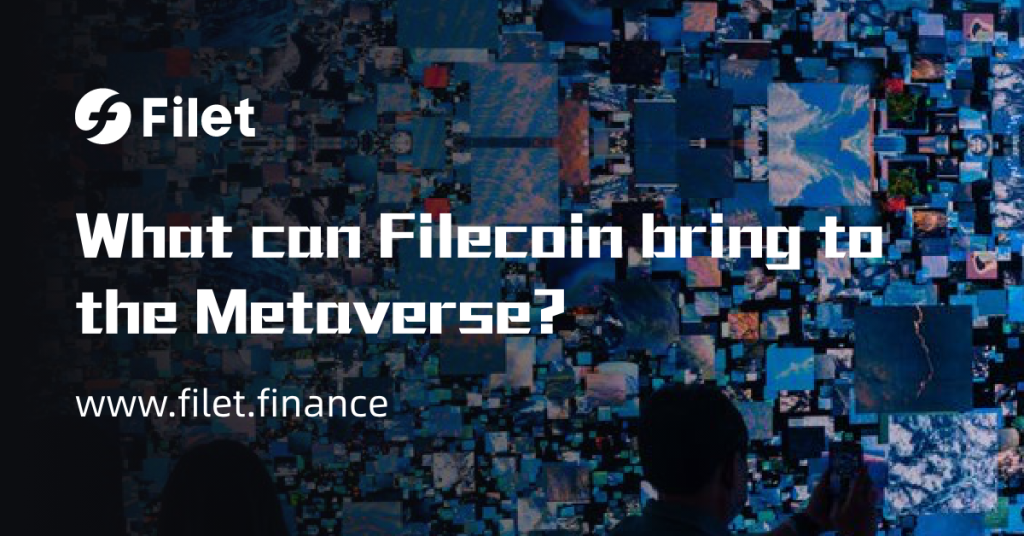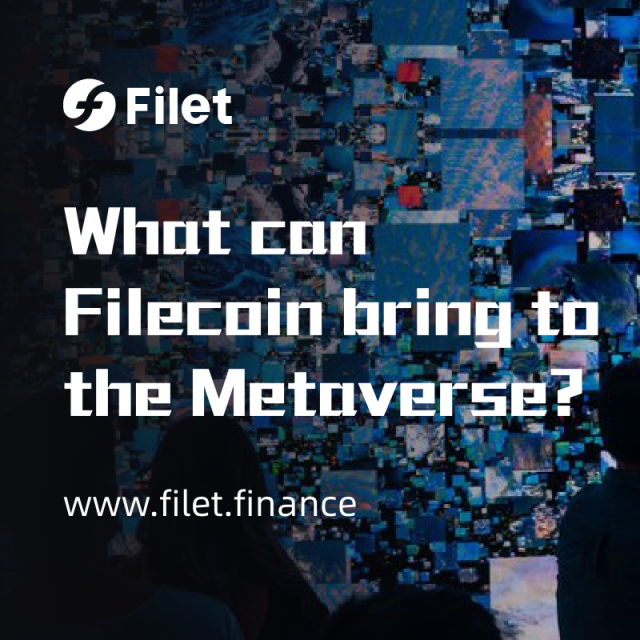
Everyone is talking about the Metaverse, a digital reality that combines augmented reality (AR), virtual reality (VR), social media, and blockchain technology to allow users to interact virtually.
The COVID-19 pandemic prompted people to shift the way they work, play, collaborate, and socialize from the real world to online. The boundary between both is now gradually blurring. With this, Metaverse is slowly making its way into our lives.
What is Metaverse?
The term “metaverse” refers to a virtual shared space, created by the convergence of physically immersive virtual reality (VR) and the internet. It is a collective virtual shared space, created by the convergence of virtually enhanced physical reality and physically persistent virtual space, including the sum of all virtual worlds, augmented reality, and the internet.
The concept of the metaverse has been around for decades and has been depicted in science fiction literature and movies. It has gained wider recognition in recent years with the development of VR and augmented reality (AR) technologies, which have made it possible to create immersive virtual environments that people can interact with in real-time.
In the metaverse, people can participate in virtual experiences and activities, such as socializing, gaming, education, and entertainment. They can also interact with virtual objects and environments, and even create and customize their own virtual spaces. Some people believe that the metaverse will eventually become a central hub for human interaction and commerce, similar to the real world.
Metaverse aims to create an immersive experience for users in a space where the digital and physical worlds converge. Besides using AR and VR to make it so, blockchain is another technology that is the main element of the Metaverse for digital proof of ownership, money transfer, governance, accessibility, and interoperability.
Cryptocurrencies and non-fungible tokens (NFT) are two applications of blockchain technology that are expected to play an essential role in the Metaverse. The maturity of blockchain technology has also provided the Metaverse with core technologies such as computing, storage, and network.
The Need for Decentralized Storage
As we saw this past year, from creators, developers, brands, and celebrities, to companies, everyone is embracing NFTs. Thanks to NFTs’ ability to prove digital ownership, it is being used in the Metaverse. Data is the essence of NFTs, and digital assets and data storage and security are critical elements of the metaverse ecosystem.
Currently, our data is being controlled centrally and exploited by big tech. And as the Metaverse becomes the new reality, the volume of data will further increase exponentially. The drawbacks brought by the centralized model will only bring the problems of Web 2.0 to the metaverse ecosystem.
This is where decentralized storage comes into the picture. The global, decentralized, transparent, trustless, immutable, and 24/7 available blockchain overcomes the shortcomings of centralized data storage for Metaverse.
A blockchain-based architecture will store data on multiple independent network nodes, advocating privacy protection and data redundancy backup. IPFS is one such peer-to-peer hypermedia protocol that is being seen as necessary for the Metaverse and web 3.0.
Benefits of Filecoin to the Metaverse
InterPlanetary File System or IPFS provides a high-throughput, content-addressable block storage model for decentralized, efficient, reliable, fast, and secure content storage.
IPFS is universally compatible with any data storage system and enables content addressing with CIDs. CIDs are content identifiers that allow hash linking from one piece of content to another, making it verifiable and its distribution secure so that nobody can tamper with the content.
This technology further offers faster data loads, efficiently distributes high volumes of data without duplication, enables persistent availability, and allows creators to distribute their work without any cost.
Built on top of IPFS is the incentive layer Filecoin. Filecoin can be seen as a peer-to-peer version of AWS (Amazon Web Services) that regularly verifies data availability and integrity.
Filecoin offers decentralized storage and cloud services on a global, open market and is seeing its use cases emerge in NFTs, Web3, gaming, Metaverse, and audio/video. It actually aims to be the foundation of data-intensive Web3 services through verifiable storage, content retrieval, computing, and programmable apps.
This network adopts PoRep (proof of replication) and Post (proof of time and space) to ensure real storage of files and prevent attacks of Sybil. Filecoin basically provides complete security while ensuring data authenticity.
Filecoin can provide a secure and decentralized infrastructure for storing and managing the data that makes up the metaverse. This can help ensure that the metaverse is accessible to everyone, regardless of location or network connectivity, and that it is resistant to censorship and tampering.
In addition, Filecoin can provide a scalable and efficient way to store and retrieve large amounts of data, which is important for building a metaverse with rich and immersive virtual experiences. It can also help ensure that data is stored in a redundant and distributed manner, which can help prevent data loss and improve the overall reliability of the metaverse.
Overall, the ecosystem of IPFS & Filecoin is still in the early stages of development, but it has the potential to become the foundation of the Metaverse.
